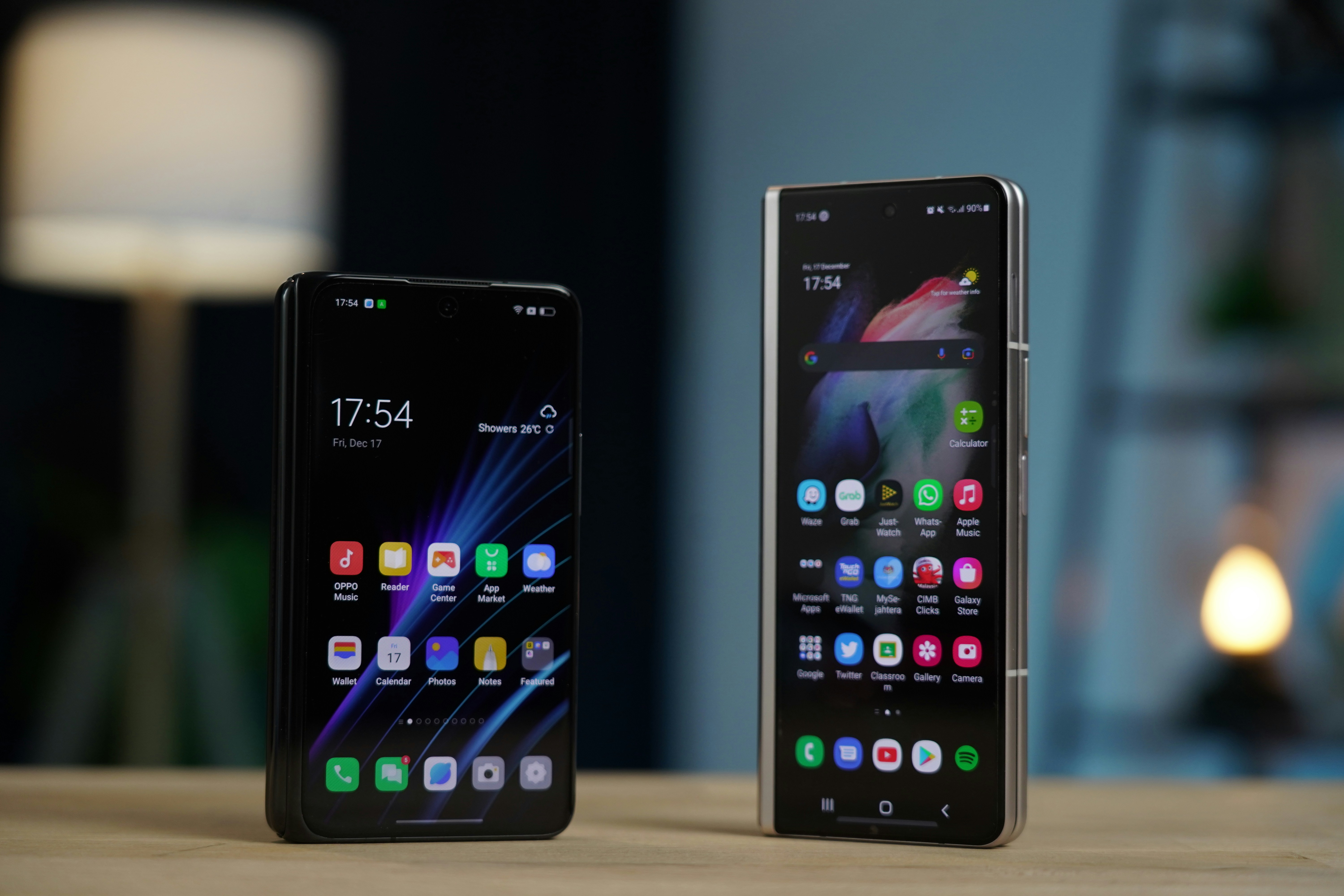Tech Wars In Europe: Why Chinese Premium Smartphones Are Poised To Disrupt The Market

The European smartphone market has long been dominated by two giants: Samsung and Apple. Together, these brands control a significant share of the premium segment, which is characterized by cutting-edge technology, luxury design, and high price tags. However, Chinese smartphone manufacturers like Realme, Oppo, and Honor are setting their sights on this lucrative territory. With ambitious plans to penetrate the high-end market, these brands are leveraging innovation, aggressive pricing, and strategic marketing to challenge the status quo. The question is: can they succeed in disrupting the established order?
The Appeal of Premium Smartphones
The premium smartphone segment is defined by its focus on high-quality features and exclusivity. Consumers in this category demand devices that offer advanced technology, superior performance, and sleek aesthetics. In Europe, the market for premium smartphones is particularly attractive due to the region's high purchasing power and appetite for innovation. As a result, it has become a battleground where quality and prestige often outweigh cost considerations.
Chinese Smartphone Makers’ New Approach
Chinese brands, traditionally associated with budget-friendly options, are now shifting their focus toward premium devices. To compete in this segment, they are investing heavily in research and development, launching flagship models with cutting-edge features, and rebranding themselves as contenders for luxury and quality.
- Realme has introduced the GT series, blending top-tier specs with competitive pricing.
- Oppo has focused on innovation with its Find X series, known for its sleek designs and advanced camera systems.
- Honor, a former Huawei sub-brand, is positioning its Magic series as a rival to Apple and Samsung’s premium offerings.
These brands are also aligning their designs and marketing with European preferences, emphasizing minimalist aesthetics, robust build quality, and premium finishes.
Competitive Advantages of Chinese Brands
Chinese smartphone makers bring several competitive advantages to the table, which they hope will give them an edge in Europe’s premium market:
Price-to-Performance Ratio:
Chinese brands are offering high-end features like advanced camera systems, ultra-fast charging, and foldable screens at prices significantly lower than those of Samsung and Apple.Innovation:
These brands are pushing the boundaries of smartphone technology, with advancements in foldable displays, AI-driven cameras, and battery optimization. For example, Oppo has showcased impressive fast-charging technology, and Honor is pioneering foldable phone designs.Agility:
Chinese manufacturers are quick to adapt to changing market trends, such as the growing demand for 5G and foldable devices.Ecosystem Integration:
Many Chinese brands are developing interconnected ecosystems that include smartphones, wearables, and smart home devices, offering added value to consumers.
Challenges in the European Market
While the potential is clear, Chinese brands face significant hurdles in establishing themselves in Europe’s premium segment:
Brand Recognition and Loyalty:
Samsung and Apple enjoy long-standing brand loyalty among European consumers. Chinese brands must work hard to earn trust and recognition as premium players.Perceived Quality and Trust Issues:
Chinese devices have historically been associated with affordability rather than durability and prestige. Overcoming this perception is critical.Regulatory Hurdles:
Data privacy concerns and geopolitical tensions add an extra layer of complexity. Chinese manufacturers must ensure compliance with Europe’s stringent regulations, such as the GDPR, while addressing security concerns.
The Road Ahead
Despite these challenges, Chinese brands have ambitious plans for the European market. Realme, for example, aims to double its market share on the continent within three years by expanding its retail networks and forming partnerships with local carriers. Oppo and Honor are following similar strategies, focusing on localized marketing and after-sales support to build consumer trust.
Localization will play a key role in their success. By tailoring their products to European tastes and offering features that resonate with local preferences, these brands hope to create a strong foothold in the premium segment.
Implications for the Smartphone Market
The entry of Chinese brands into Europe’s premium smartphone segment is reshaping the competitive landscape. Increased competition is likely to put pressure on pricing, making high-end devices more accessible to consumers. Moreover, the innovation brought by Chinese brands could push established players like Samsung and Apple to accelerate their own technological advancements.
This disruption also has broader implications for consumer perceptions. As Chinese brands gain recognition for quality and innovation, the traditional divide between “budget” and “premium” manufacturers may blur, offering more choices to consumers.
Conclusion
Chinese smartphone manufacturers are poised to disrupt Europe’s premium market, challenging the dominance of Samsung and Apple with innovative products and aggressive pricing. While the road ahead is fraught with challenges, their agility and focus on value-driven innovation position them as serious contenders. As the competition intensifies, European consumers stand to benefit from better technology, more choices, and potentially lower prices. The tech wars in Europe are just beginning, and the battlefield has never been more dynamic.
Author: Ricardo Goulart
From Chip War To Cloud War: The Next Frontier In Global Tech Competition
The global chip war, characterized by intense competition among nations and corporations for supremacy in semiconductor ... Read more
The High Stakes Of Tech Regulation: Security Risks And Market Dynamics
The influence of tech giants in the global economy continues to grow, raising crucial questions about how to balance sec... Read more
The Tyranny Of Instagram Interiors: Why It's Time To Break Free From Algorithm-Driven Aesthetics
Instagram has become a dominant force in shaping interior design trends, offering a seemingly endless stream of inspirat... Read more
The Data Crunch In AI: Strategies For Sustainability
Exploring solutions to the imminent exhaustion of internet data for AI training.As the artificial intelligence (AI) indu... Read more
Google Abandons Four-Year Effort To Remove Cookies From Chrome Browser
After four years of dedicated effort, Google has decided to abandon its plan to remove third-party cookies from its Chro... Read more
LinkedIn Embraces AI And Gamification To Drive User Engagement And Revenue
In an effort to tackle slowing revenue growth and enhance user engagement, LinkedIn is turning to artificial intelligenc... Read more

